Settle to Carlisle Railway
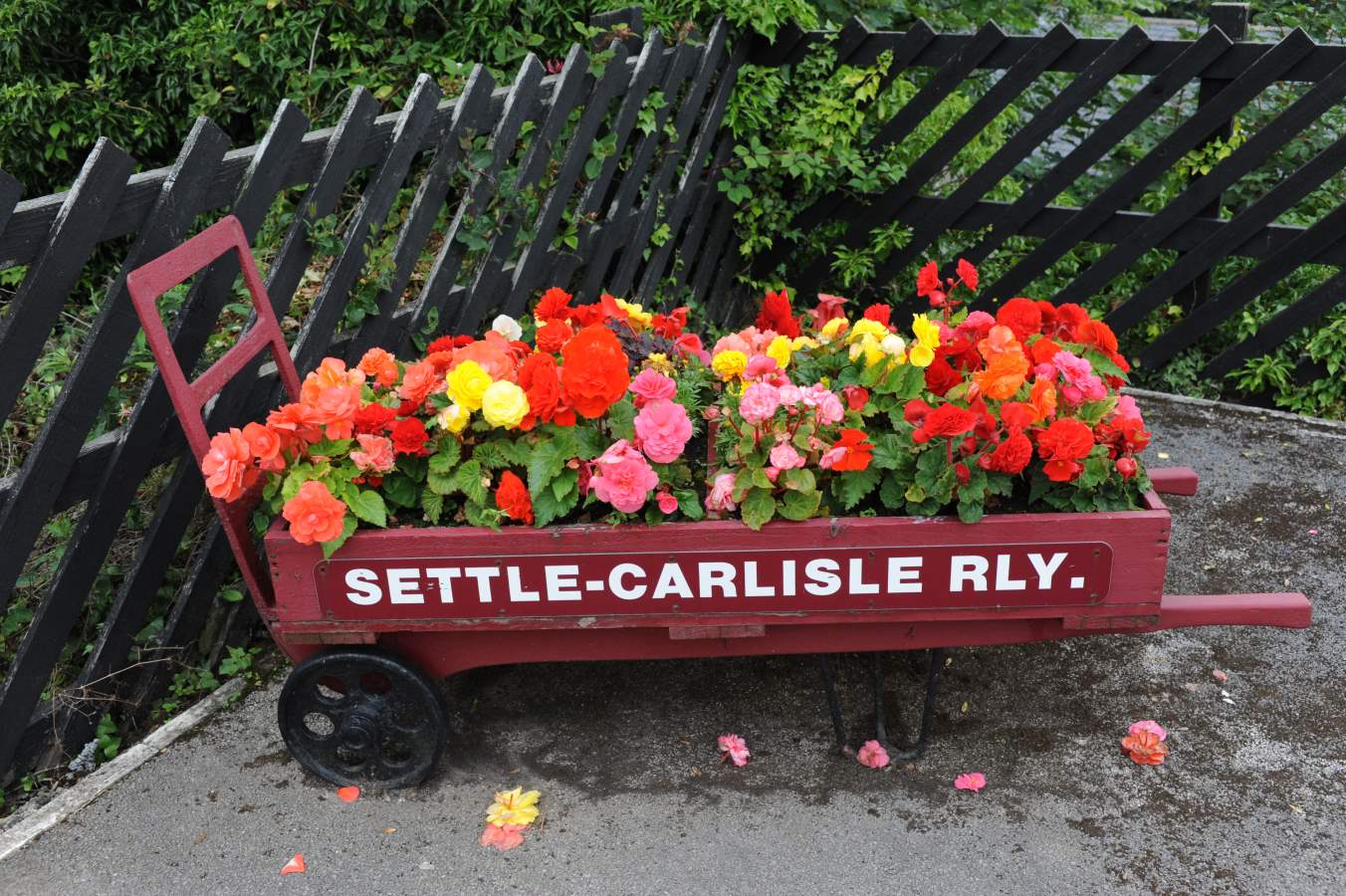
Running through the heart of the Eden Valley and the Yorkshire Dales is one of the most picturesque stretches of railway line in the UK, with plenty of photo opportunities for lovers of railway infrastructure like me. The Settle-Carlisle Line runs through a remote, scenic region of the Yorkshire Dales and the North Pennines. The line starts from near the town of Settle, beginning at a junction with the line from Leeds to Morecambe, extending to the city of Carlisle close to the England/Scotland border.
The line required 20 stations, 150 railway workers' houses, 380 numbered bridges (including 14 tunnels, 22 viaducts and one aqueduct), the most notable is the 24 arch Ribblehead Viaduct which is 32 metres high and 402 metres long. An impressive feat of Victorian engineering, the structure dates back to 1870.
The line was built by over 6,000 navvies, who worked in remote locations, enduring harsh weather conditions. The summit at Aisgill is the highest point reached by main line trains in England. The line opened for goods traffic in August 1875 with the first passenger trains starting in April 1876. It is still in use today.
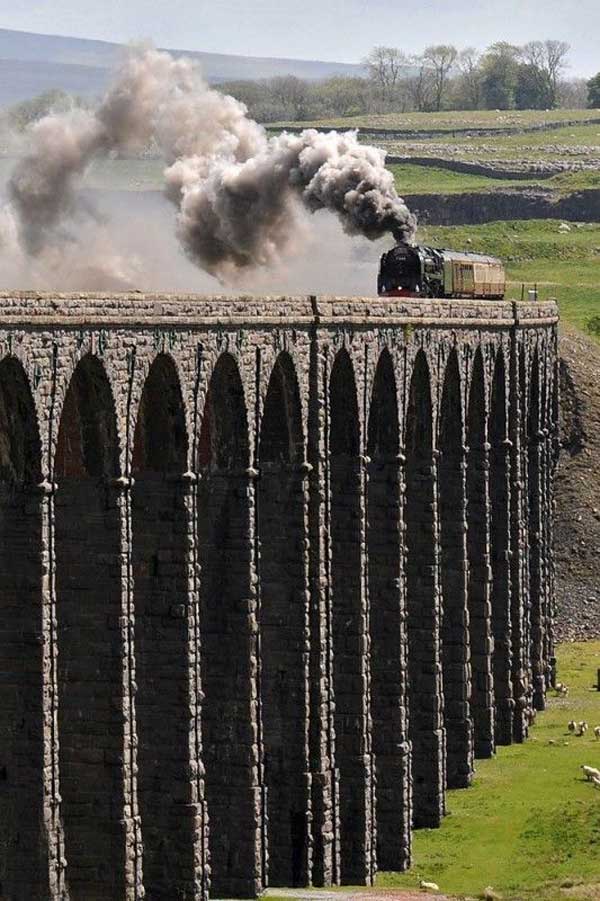
Ribblehead Viaduct
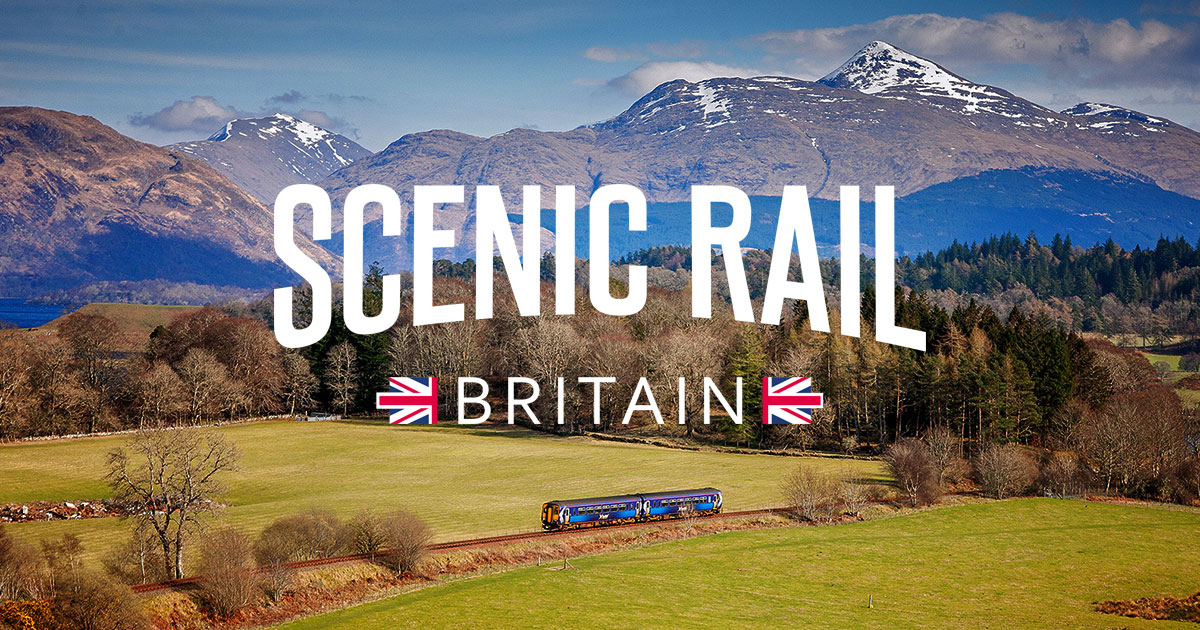
The Journey
The Settle to Carlisle Railway is one of the most scenic and impressive railways in the UK, with viaducts, tunnels and the wild scenery of the North Pennines, Eden Valley and Yorkshire Dales. It was the last great mainline railway to be built in the country. Completed for passenger travel in 1876 by the Midland Railway Company, it had taken six years to build. For the 19th century engineers, the landscape presented a tremendous challenge to their ingenuity, skills and abilities.
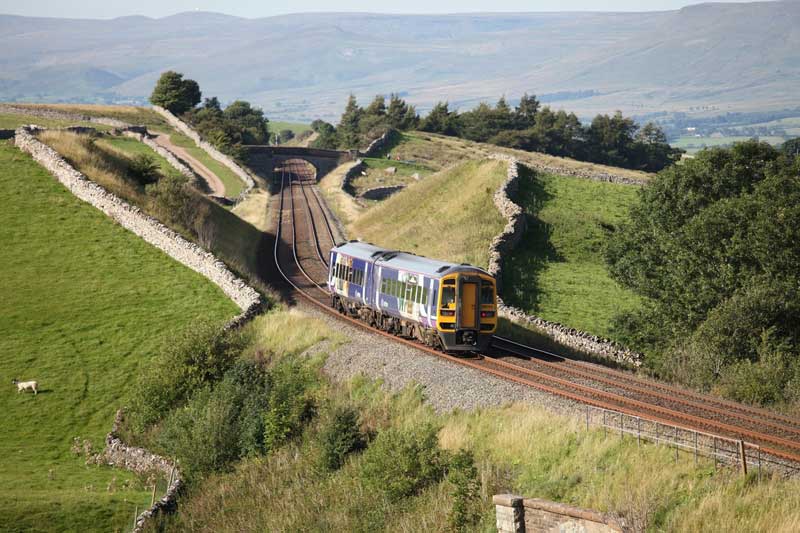
Consisting of 72 miles of track with 21 viaducts spanning the ravines and 14 tunnels, the line was constructed by men who lived a harsh life in shanty towns, with little to supplement their manpower except dynamite. Advertised as the most picturesque route to Scotland, the Victorian and Edwardian travelling public took it to their hearts.
Private operators often organise steam hauled or vintage diesel hauled trains on the line. There are water stops at Appleby and Hellifield.
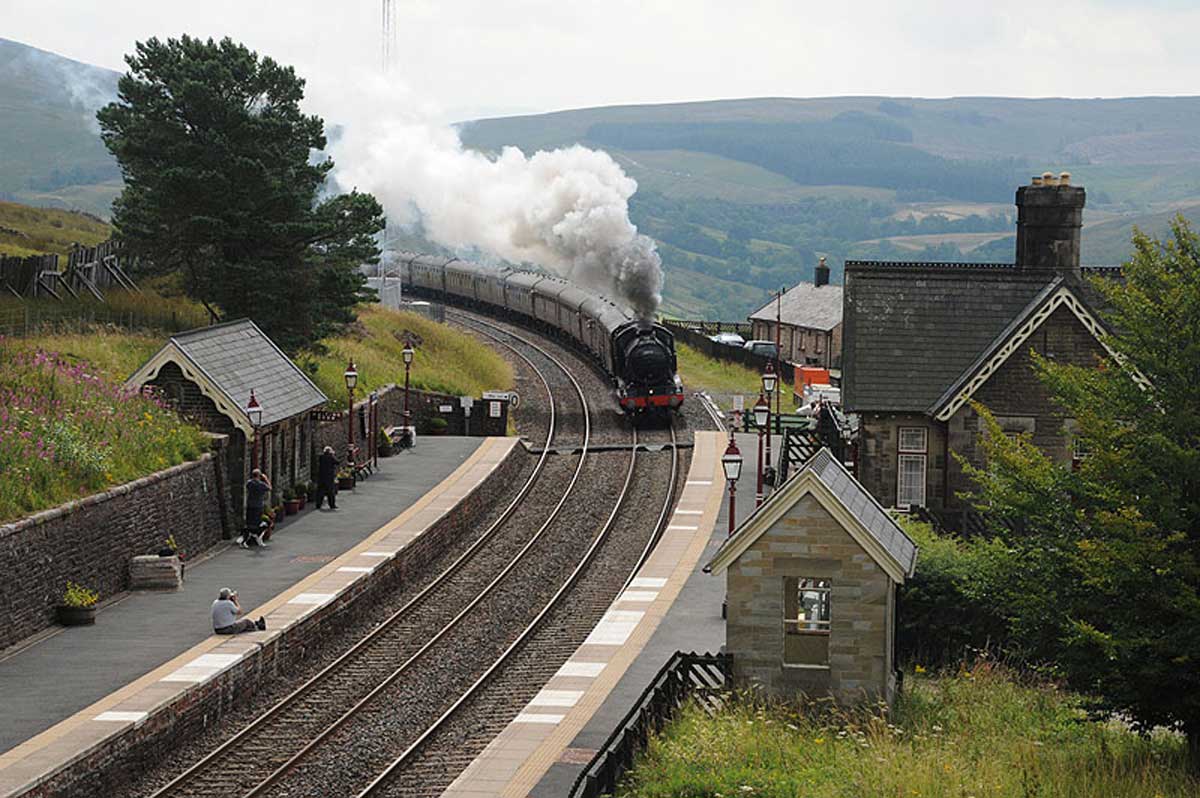
Dent station
The current Train Operator on the Settle and Carlisle is Northern Rail. They operate diesel Sprinters and from 2007 these 158 units have all been refurbished. A series of 156 and 158 units have been especially liveried up, one of them all in Settle & Carlisle pictures. The Settle & Carlisle liveried train mainly operates on the North West area and as it is a 156 it does not run now over the Settle & Carlisle.
There are 11 stops along the route of the Settle to Carlisle Railway. The stations on the line are a vital link with the outside world for the people living in the surrounding rural areas. In the past, local produce could be transported with ease to many cities and towns around the country. The numerous goods sheds on the line were once busy centres, despatching and receiving a wide variety of produce. These too were all built to a single standard design, varying only in length and building materials.
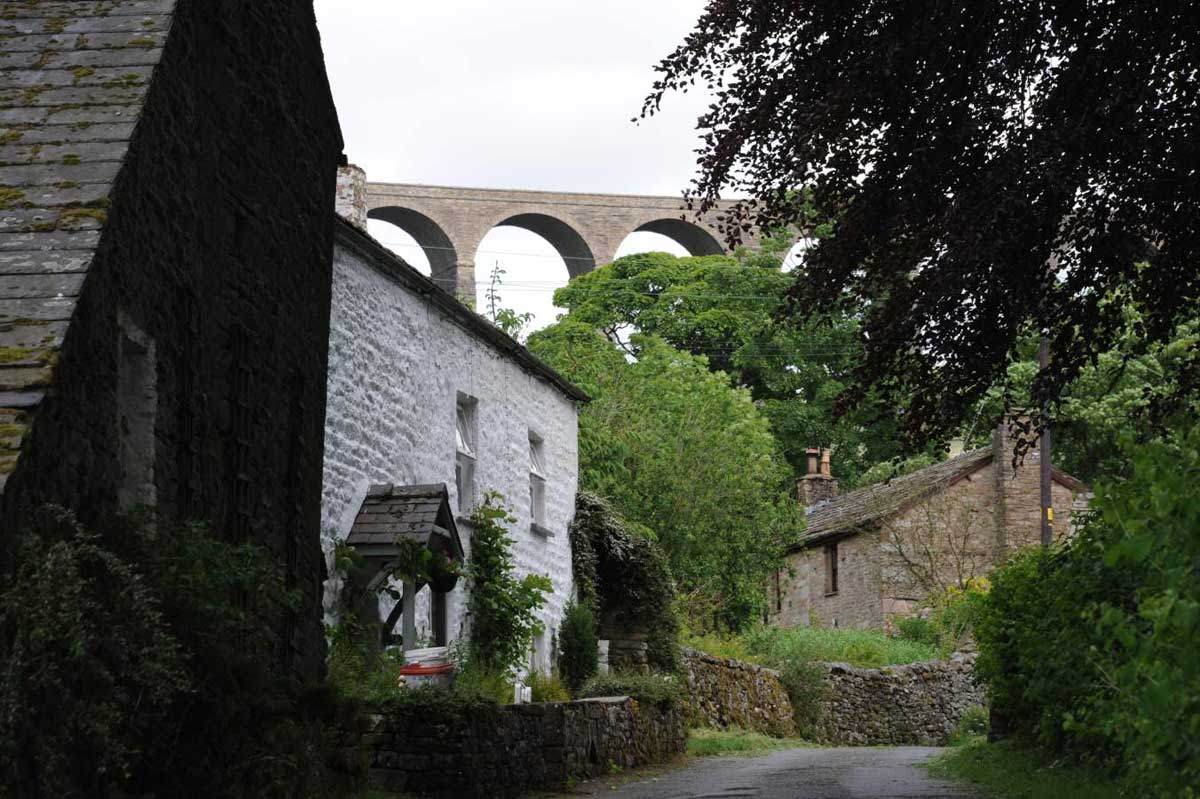
Arten Gill viaduct
The line and its stations have been designated a conservation area ensuring its continued use and work continues to regenerate the line and preserve its future.
The stations at Appleby and Settle are manned and the staff are available to answer queries, sell tickets and provide assistance to passengers. As well as selling tickets to travel on the Settle-Carlisle line, you can buy tickets for travel elsewhere in the country. Unfortunately, left luggage facilities are not available at these stations.
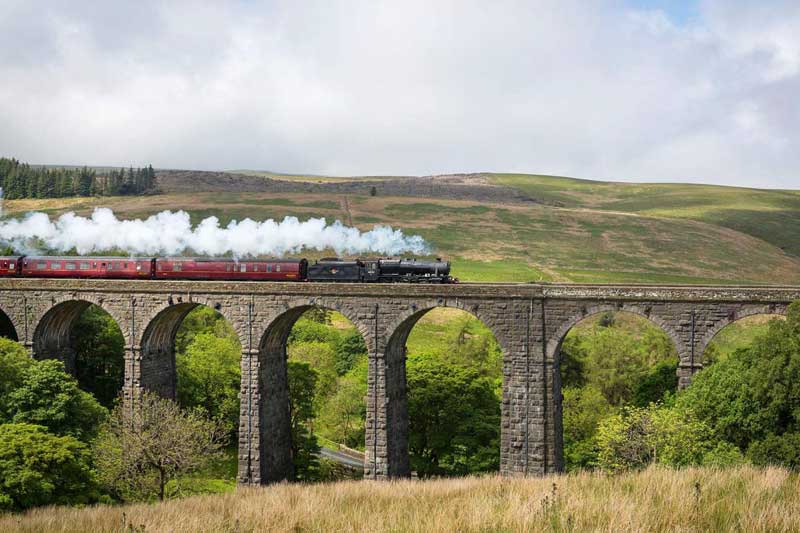
Dent Head viaduct
Ribblehead Viaduct
The Ribblehead Viaduct or Batty Moss Viaduct, which carries the Settle-Carlisle Railway across Batty Moss in the River Ribble valley, is the most iconic railway viaduct not only on the Settle-Carlisle Railway, but the whole British Railway network. The land underneath and around the viaduct is a scheduled ancient monument. The viaduct, built by the Midland Railway, is 45 km north-west of Skipton and 42 km south-east of Kendal.
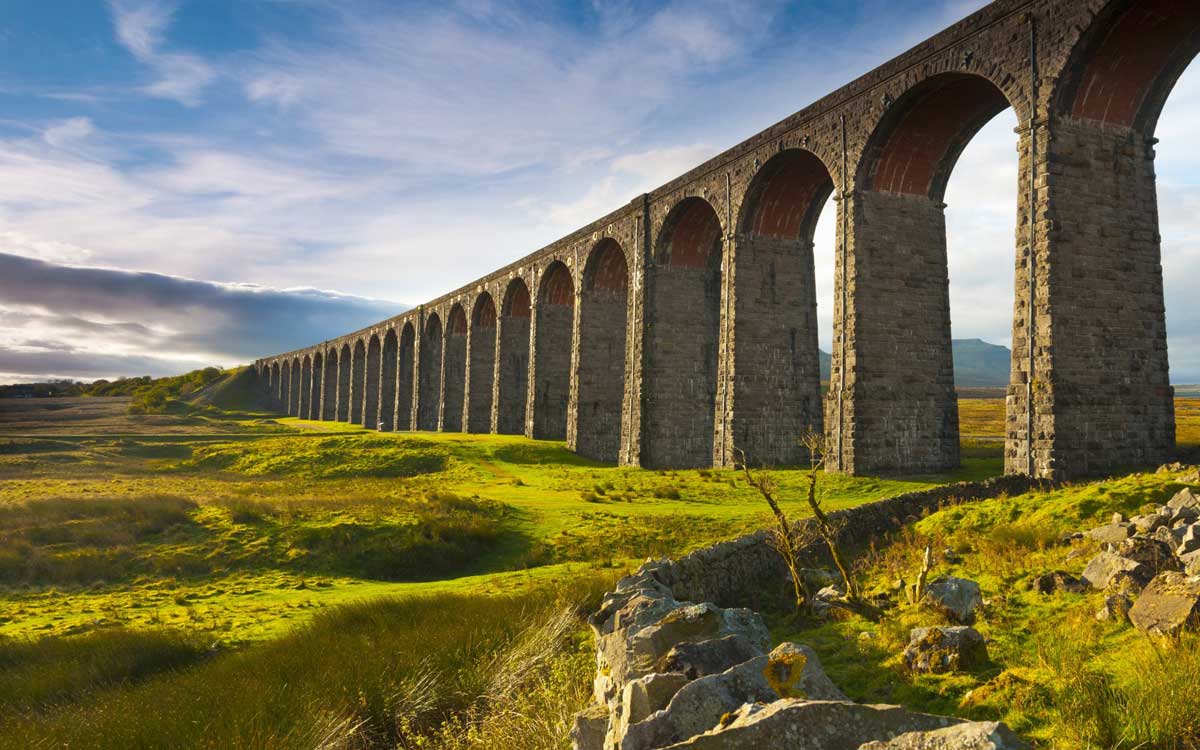
Ribblehead Viaduct
The viaduct was designed by engineer John Sydney Crossley. The first stone was laid on 12 October 1870 and the last in 1874. One thousand navvies built the viaduct and established shanty towns on the moors for themselves and their families. They named the towns after Crimean War victories, well-to-do districts of London and biblical names. There were smallpox epidemics and deaths from industrial accidents. Around one hundred navvies were killed during its construction. There are around 200 burials of men, women, and children in the graveyard at Chapel-le-Dale dating from the time of its construction. So great was the loss of life, the railway paid for an expansion of the graveyard. The church has a memorial to the railway workers.
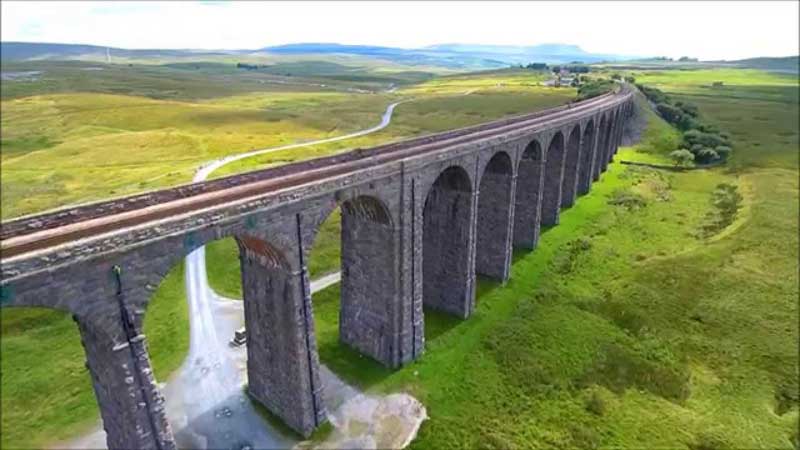
Memorials along the line, especially those at St Mary's Church Outhgill and St Leonards' Church, Chapel-le-dale commemorate the lives of some of the men who died building the line. Ribblehead viaduct is just a short walk from Ribblehead station. About a mile north of the viaduct, just beyond Blea Moor signal box, is Force Gill Aqueduct, carrying Force Gill over the railway. A footpath leads from Ribblehead viaduct over the aqueduct to Whernside.
At 400 metres, Ribblehead Viaduct is the longest on the Settle-Carlisle Railway. It rises 32 mtres above the valley floor at its highest point. It is made up of twenty-four arches of 14 metre span, with foundations 7.6 metres deep. Every 6th pier is 50 percent thicker to mitigate against complete collapse should any pier fail. The north end of the viaduct is 4.0 metres higher in elevation than the south end leading to a gradient of 1:100. 1.5 million bricks were used in the construction and some of the limestone blocks weigh 8 tons each.
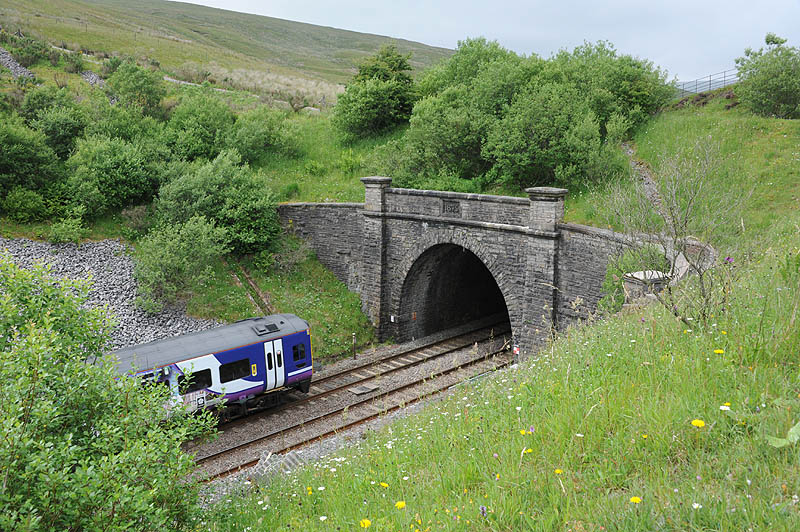
Shotlock Hill Tunnel


